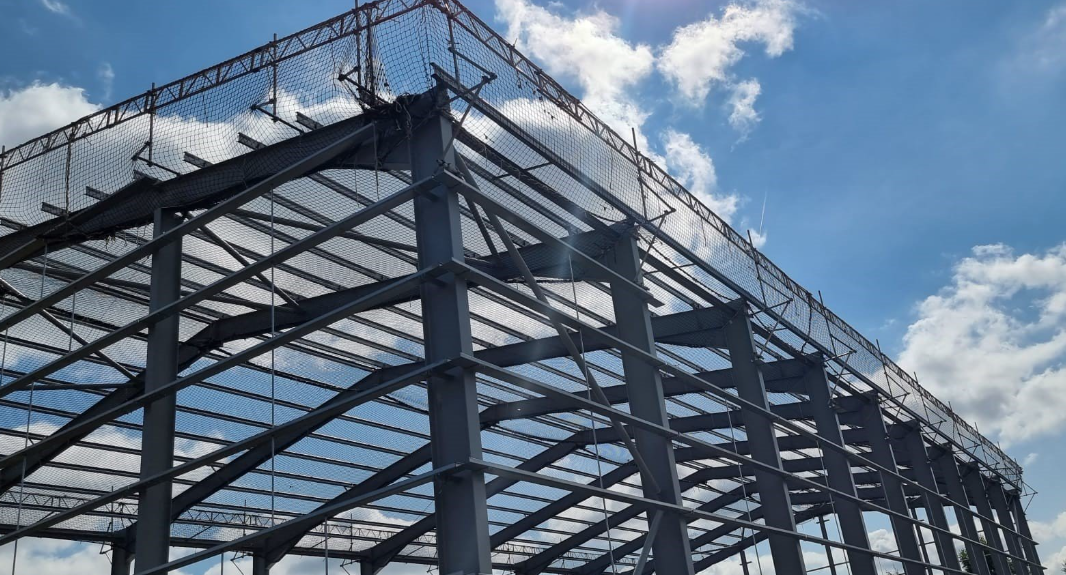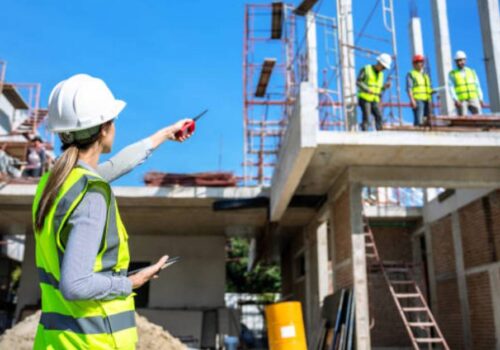The Role of Hoardings and Void Protection in Preventing Site Accidents
In my years navigating the field of construction safety and site management, I’ve grown to understand that well-implemented safety practices are not just about compliance; they’re a cornerstone in safeguarding human life. Among these practices, two stand out for their effectiveness: hoardings and void protection. In this post, we’ll explore why these measures are indispensable in maintaining site security and preventing accidents.
Understanding Void Protection
Void protection systems play a pivotal role in preventing injuries and fatalities related to falls. These systems, designed to cover openings or unprotected edges, are a critical defense against one of construction’s most common dangers. Given the height at which many construction workers operate, the significance of void protection cannot be overstated—it’s a lifesaver.
The Importance of Hoardings
Similarly, hoardings serve as more than just a visual barrier or a marketing canvas. They are an essential safety feature, offering physical protection by securing the site perimeter, managing site access, and shielding both workers and passersby from construction debris and other potential hazards. Hoardings contribute significantly to a site’s overall safety ecosystem, reflecting a commitment to preventive measures.
Statistics on Site Accidents
Statistically, the construction sector remains one of the most hazardous industries. Falls account for a significant portion of onsite fatalities, a stark reminder of the risks involved. However, data also show that robust safety measures, specifically void protection and timber hoardings, can lead to a noteworthy reduction in these incidents. For instance, the Occupational Safety and Health Administration (OSHA) reported that sites with comprehensive fall protection measures saw a decrease in fall-related deaths by up to 20%.
Real-world examples further underscore the value of these safety installations. A notable case is the construction of a high-rise in a densely populated area where the strategic use of hoardings and void covers effectively minimized accidents and enhanced pedestrian safety, setting a benchmark for urban construction projects.
As we wrap up, it’s clear that hoardings and void protection are more than just safety protocols—they are critical tools in our mission to protect lives on construction sites. By prioritizing these measures, we can significantly mitigate risks and foster a culture of safety and responsibility.
For those involved in construction or site management, I urge you to consider the implementation of these safety practices. Not only do they contribute to a safer work environment, but they also exemplify a commitment to excellence and care for both workers and the community.
Remember, accidents don’t just happen; they can be prevented. Let’s take the necessary steps to ensure safety is always a top priority on construction sites.





